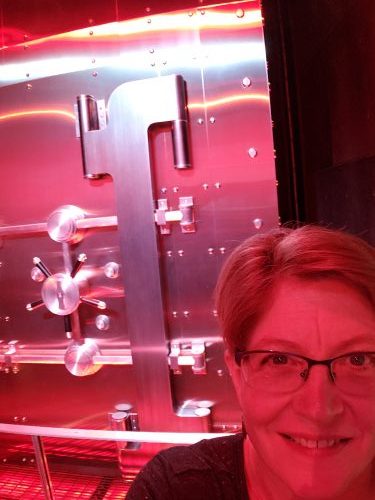You’ve developed the perfect product and you want to keep the formulation secret. Can you hide some of the ingredients? Well, yes and no.
Key Word to Know
Trade Secret
Any formula, pattern, device, or compilation of information which is used in one’s business and which gives one an opportunity to obtain an advantage over competitors who do not know or use it.
The law and the FDA regulations have a provision for registering a trade secret, which—if approved—lets you omit the ingredients in the trade secret from the ingredient declaration. In that case you can just say “and other ingredients” at the end.
Sounds great, right?
Well, you can’t just say, “it’s secret” and change your ingredient declaration. In order to omit your secret ingredient(s) from your ingredient declaration, you first have to get that approval from the FDA.
There’s a form, available online or from a local FDA office. Fill in the form and send it in.
Approval? Probably Not.
Here’s the rub: just sending in the form doesn’t do anything! It actually must be approved by the FDA.
According to the FDA website, they have only approved one (ONE!) trade secret application in the last twenty (20!) years.
So even if you fill in the form and send it in, that approval is not likely to be winging its way to you any time soon.
How to Keep Your Secrets Anyway
Called “security by obsurity” in the internet security world, there are some things you can do that will at least camouflage or obsure your secret information. Try some or all of these little tricks:
- If it is a blend of essential oils used for scent, list it as “fragrance” in the ingredient list because fragrance blends don’t require the individual components to be listed. (See my blog post on Blended Fragrances in the Ingredient Declaration for more details.)
- If it is a special color, or a combination of colors, remember that colors (so long as they are approved color additives for cosmetics) can be listed in any order at the end of all other ingredients, regardless of the amount.
- If it is a small quantity ingredient, keep in mind that ingredients present at 1% or less may be listed in any order. So you could scramble up the order to make it less able to be duplicated.
- If it is larger ingredients, there’s not much you can do but list them in the correct order. But even so, it’s hard for someone to figure out the exact percentages, especially when there are a number of ingredients.
Consider Coke®
The Coca-Cola company has one of the most secret formulas ever. Even though they have production facilities all over the world, sell billions of dollars of coke every year, and have been in business for over a century, only a few people actually know (or have ever even seen) the formula. It’s kept in a vault in Atlanta.

The formula has never been patented, so it’s not even partially disclosed on a patent form. Coke never applied for a “trade secret” exemption for the ingredient, so the secret was never disclosed to the FDA. On the ingredient declaration they say only”natural flavorings” (which, like fragrance, don’t have to be disclosed).
And in over 100 years, no one has yet been able to duplicate it.

Shameless plug!
To really be able to create your own labels that comply with the regulations, get my book from Amazon and use it.
4th Edition – Released March 5, 2025!!!
Or order directly from me (and get a signed copy)!


Leave a Reply